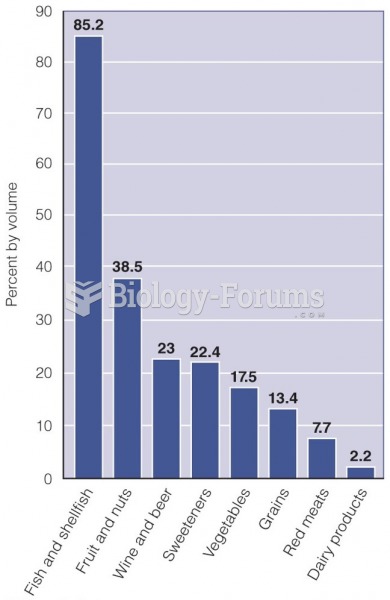|
|
|
It is difficult to obtain enough calcium without consuming milk or other dairy foods.
In most cases, kidneys can recover from almost complete loss of function, such as in acute kidney (renal) failure.
If you use artificial sweeteners, such as cyclamates, your eyes may be more sensitive to light. Other factors that will make your eyes more sensitive to light include use of antibiotics, oral contraceptives, hypertension medications, diuretics, and antidiabetic medications.
In 1886, William Bates reported on the discovery of a substance produced by the adrenal gland that turned out to be epinephrine (adrenaline). In 1904, this drug was first artificially synthesized by Friedrich Stolz.
Human stomach acid is strong enough to dissolve small pieces of metal such as razor blades or staples.







